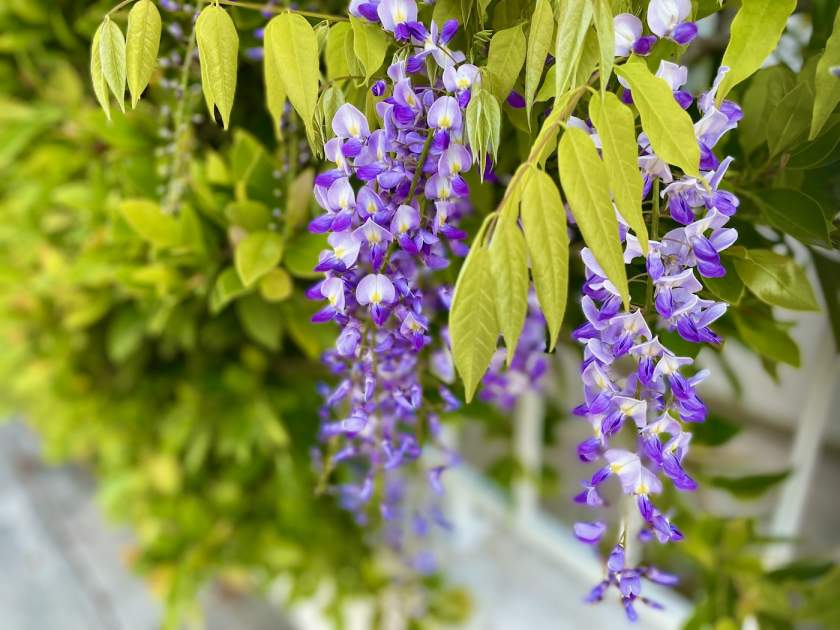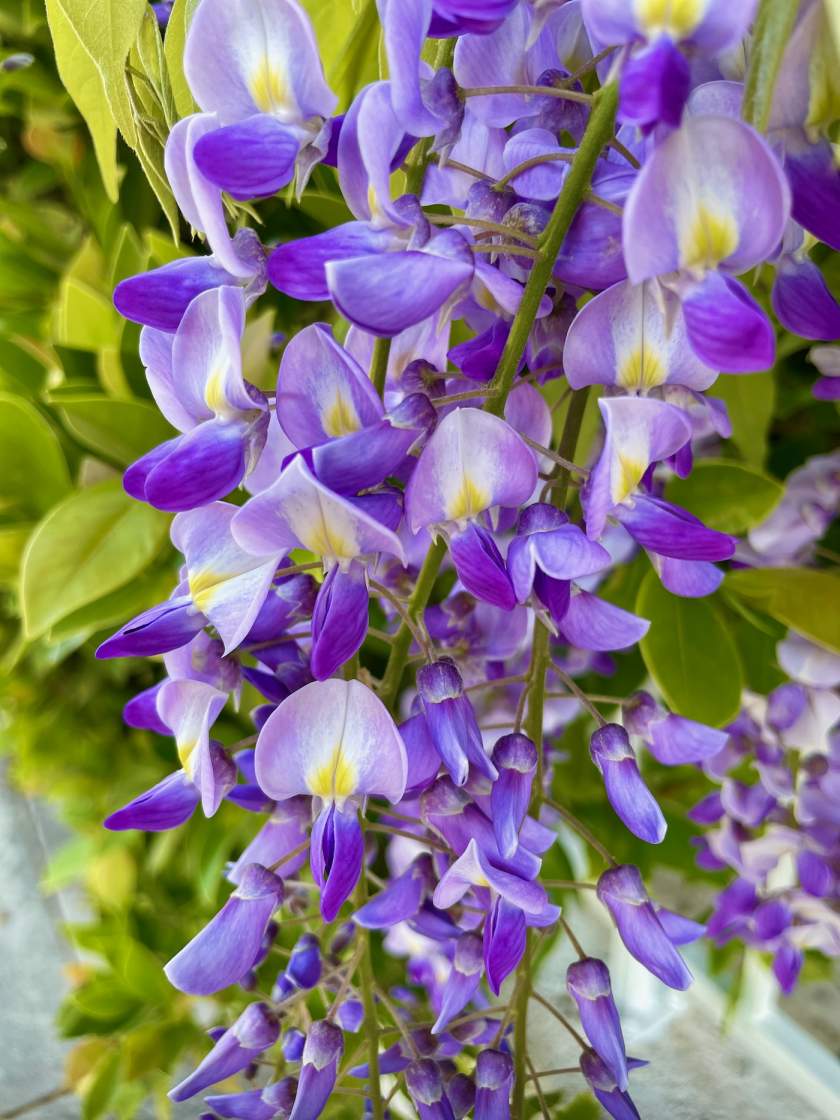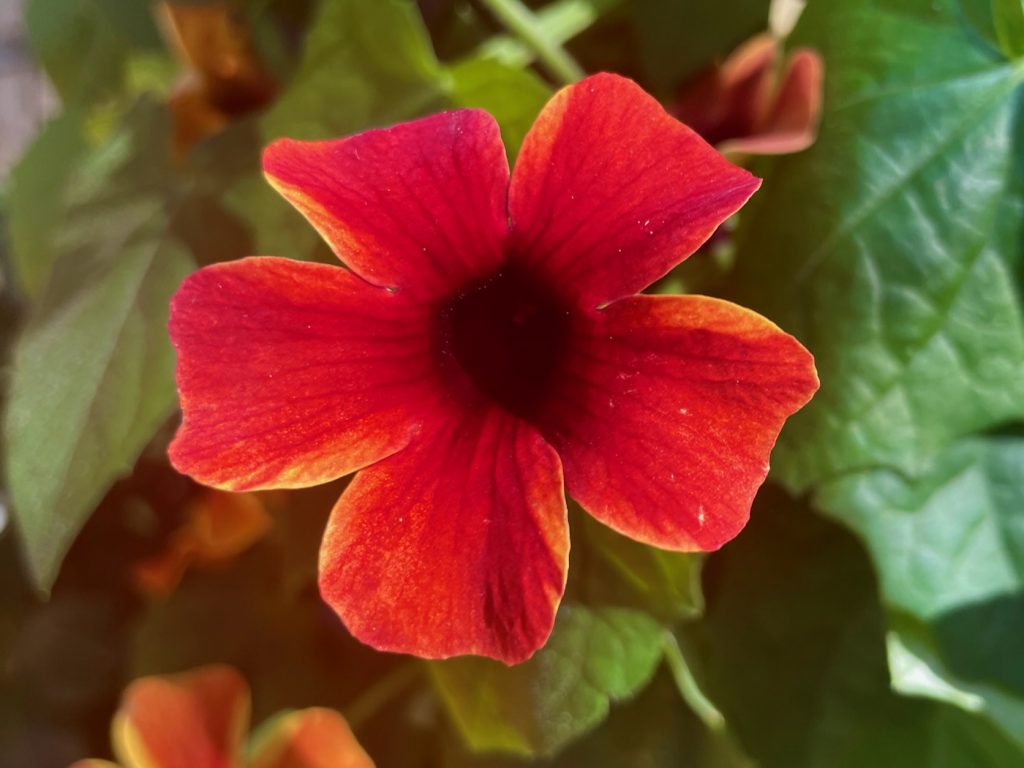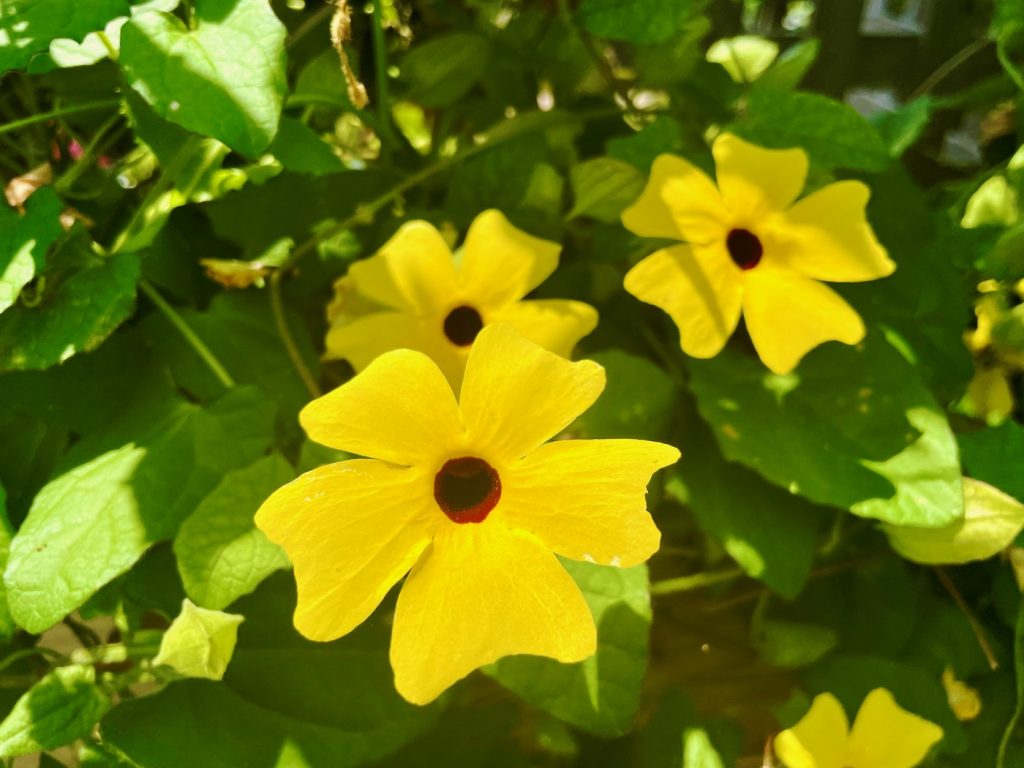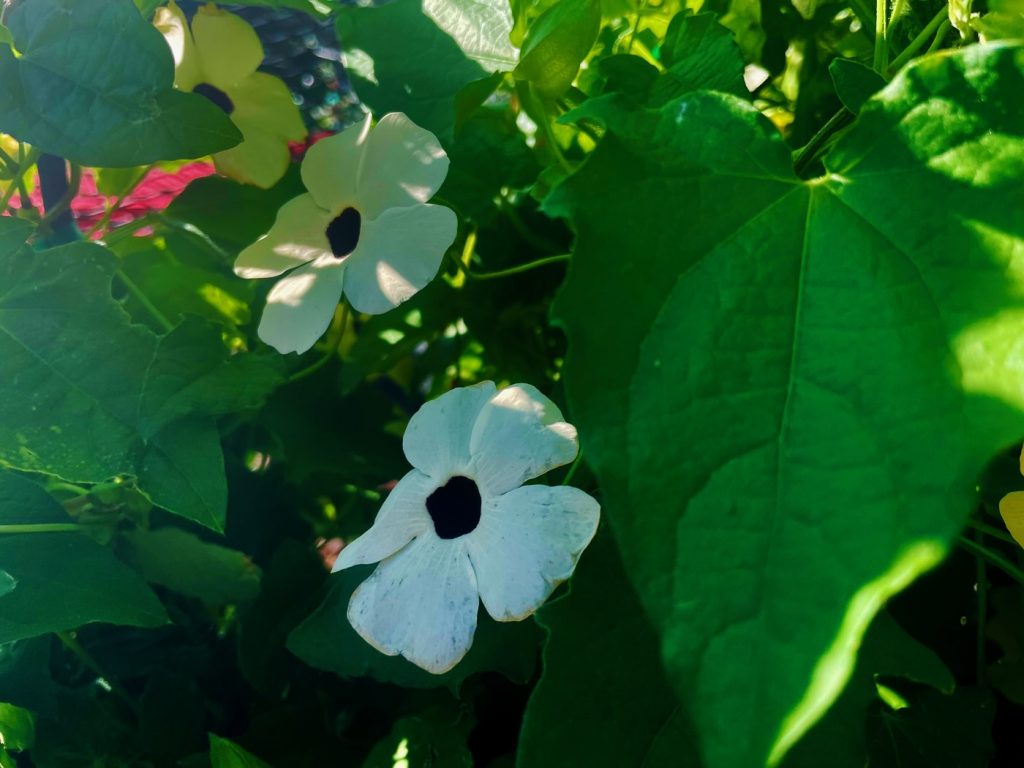Exploring the Beauty of Wisteria sinensis: Chinese Wisteria, Chinese Kidney Bean
Background and Characteristics: Wisteria sinensis, commonly known as Chinese Wisteria or Chinese Kidney Bean, belongs to the Fabaceae Family. The genus name honors Caspar Wistar, a professor of anatomy at the University of Pennsylvania. This beautiful, deciduous climber is prized for its vigorous growth, stunning appearance, and sweet fragrance. During late spring, masses of drooping clusters, up to 1 ft. long, display scented, pea-like, mauve flowers before the leaves emerge. The simultaneous blooming of these flowers creates a dramatic floral spectacle. The blooms are followed by attractive, velvety, bean-like pods that ripen in fall and may persist into winter. Its dark green, pinnate leaves comprise 7 to 13 leaflets, each around 3 inches in length.
Overview and Native Range: Chinese Wisteria, native to China in provinces such as Guangxi, Guizhou, Hebei, Henan, Hubei, Shaanxi, and Yunnan, is a large deciduous vine that can grow up to 66 to 98 feet tall. Its twining stems, which twine counterclockwise, allow it to cling to supporting plants or structures. The leaves are shiny, green, and pinnately compound, consisting of 9 to 13 oblong leaflets. In spring, the plant produces white, violet, or blue flowers on racemes measuring 15 to 20 cm, emitting a delightful fragrance reminiscent of grapes.
Cultivation of Wisteria sinensis:
Sunlight: Wisteria sinensis thrives best in full sun exposure, which encourages abundant flowering.
Watering: Maintaining moderate watering levels is essential, especially during the first year after planting. Once established, it becomes relatively drought-tolerant.
Soil: Well-drained, moderately fertile, and slightly acidic soils are ideal for Wisteria sinensis. Providing sufficient organic matter enhances its growth.
Pest and Disease: While Wisteria sinensis may be susceptible to foliage-chewing insects and fungal diseases, they are generally not significant issues. Regular inspection and maintenance can help prevent severe infestations.
Propagation: Chinese Wisteria can be propagated through layering, softwood cuttings, hardwood cuttings, or grafting. Transplanting should be avoided, as the plant dislikes being disturbed.
Maintenance:
Due to its vigorous growth, Wisteria sinensis requires regular pruning to control its size, and shape, and promote flowering. Pruning back stems in early summer after bloom and during winter is recommended. Root pruning in late fall may also stimulate flowering for the following spring. An application of superphosphate in early spring can aid in flowering. Proper care and pruning techniques are essential for the high-maintenance plant.
Toxicity: It is crucial to note that all parts of the Wisteria sinensis may cause severe discomfort if ingested and are toxic to dogs, cats, and horses.
Invasiveness: In warm climate areas, Chinese Wisteria can be invasive, posing a threat to native vegetation. Its rampant growth and surface runners may displace other plants and damage trees and shrubs by girdling them.
Wisteria sinensis, with its enchanting appearance, sweet fragrance, and vibrant flowers, makes a striking addition to gardens and landscapes. Its vigorous growth requires proper care and maintenance, but the reward is a mesmerizing display of cascading blooms in late spring. Whether grown through trees or trained against walls, trellises, or fences, this vine showcases its beauty and elegance to the delight of all who behold it.
